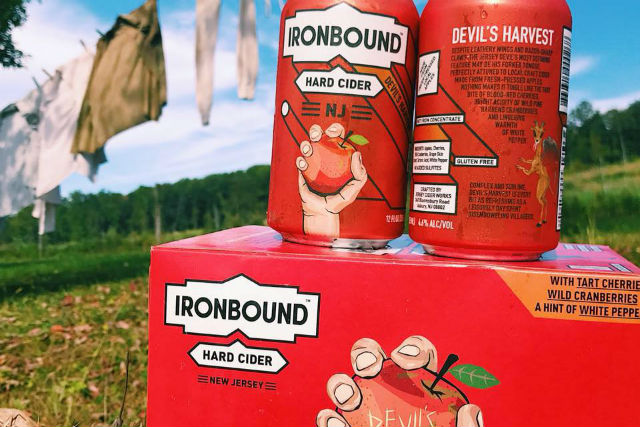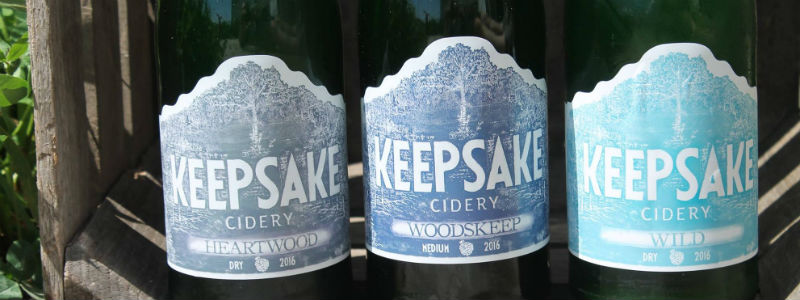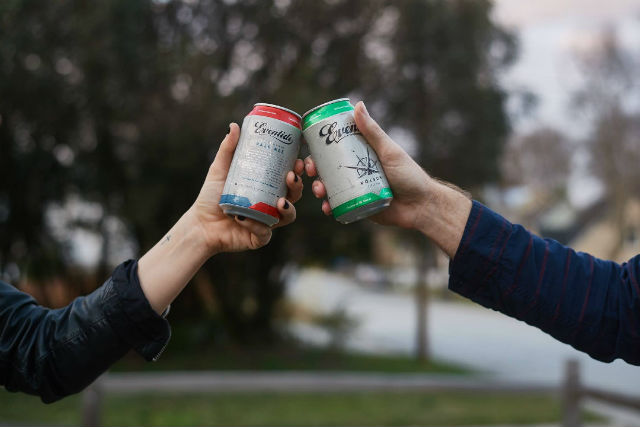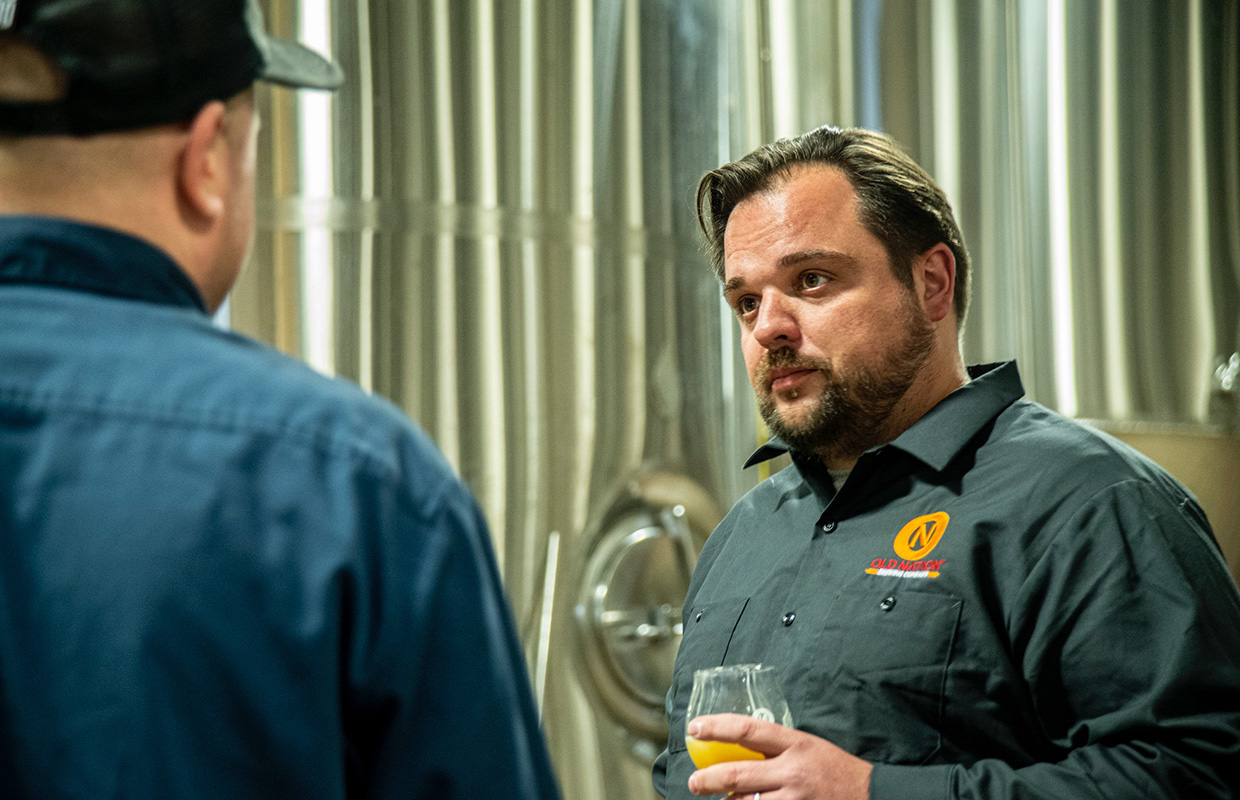
Nate Watters owns a small orchard-based cidery in Minnesota called Keepsake Cidery.
“On the shelves, we compete against much cheaper options yet somehow we all seem to tell the same story,” he told Brewer Magazine. “I understand that not every customer can not afford to pay for fine cider. However, there is a value in the ciders made in the methods and practices and priorities that we utilize.”
Watters classifies such ciders as fine or heritage cider.
“There is difference between a pale ale and a lambic,” he explained. “Both have a place in the market, but the ingredients, process and therefore, economics are different.
“It makes sense that the price point differs, and for beer drinkers this is understood and accepted. In the cider world, at least our cider world in the Northern Midwest, people are still learning that not all ciders are created equal.”
Watters tries to simplify everything in their operation.
“Pricing your product is complicated and frustrating,” he noted. “Although we get constant pressure to lower prices and change our format, we know that in order to do that we would need to either pay our partner orchards less, our family and crew less, or make compromises in our process.
“We aren’t willing to do any of that. So, we add the costs of production and factor in the market’s purchasing power and margin needed and create a fair price.”
In the beginning, Keepsake came out a little high due to its very small scale.
“At the time, it was competitive, but as more cideries began and bigger cideries flooded the market, price points changed,” he noted, adding that after a year of process they were able to drop prices a little due to better efficiencies and volumes.
“The prices continued to plummet from there, leaving us as one of the most expensive,” he said. “We do not plan to grow much bigger, and although we are always looking for ways to lean up the business. We are confident that we are offering a delicious, high-quality cider made with integrity and at a fair price.”
Packaging is a big aspect of pricing in that it is more or less efficient depending on the package. “There is the consumers perception of value,” Watters added. “People are not going to buy a $24 six-pack.
“For a small scale cidery like ours, it is efficient to hand bottle into 750ml and 500ml than six-packs of 330ml.”
For Keepsake, using the apples and process they use, it makes more sense to be very efficient and get a higher margin with less sales.
“We want to maximize our direct sale,” Watters said. “Tasting rooms, shipping, clubs, these type of direct sales are key to a small farm based cidery’s success.
“We want to be a small farm based business, so big volumes with less margins will not work.”
For New Jersey’s Ironbound Cider, which is produced by Jersey Cider Works, Cidermaker Cameron Stark looks at the cost of cider as a teeter-totter with variable costs on one side and fixed costs on the other.
“Early in the business life, fixed costs are going to be greater than your variable or material costs,” he explained. “As your volume of product increases fixed costs relative to variable costs drop, and of course your material costs (labor, raw material, packaging) all increase.”
He noted that to figure out cost, you need to understand your cidery’s variable and fixed costs.
“You need to figure out your unit cost (based on variable inputs only), take a wild guess at efficiencies of scale, the company size at maturity, how much product can be pushed through the system that exists, and what would it take to increase the efficiency/volume because they all weigh into the cost of the product,” he said.
Why you ask?
“Cost is a snapshot, and just like a product photo shoot all the pieces are moveable (at least to a degree) – understanding all the variables and having them itemized allows you to play with the numbers till you get to the cost that makes sense,” Stark said. “A quick and dirty method is to take all your costs for a year and divide that by the CE (case equivalent) produced during the same time.
“Don’t cheat. Compare to your gross income divided by CE.”




Be the first to comment